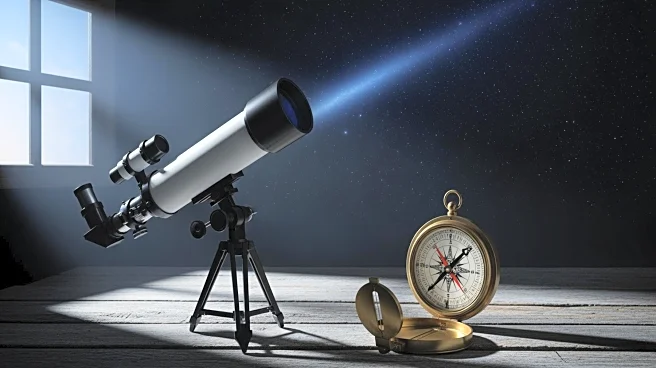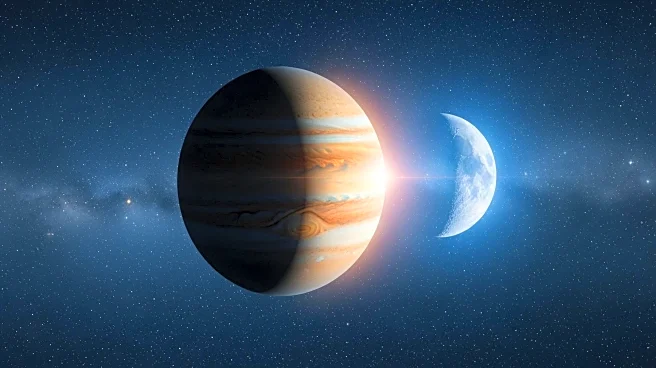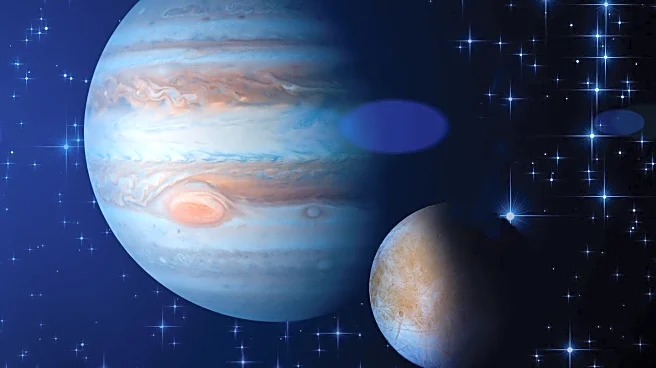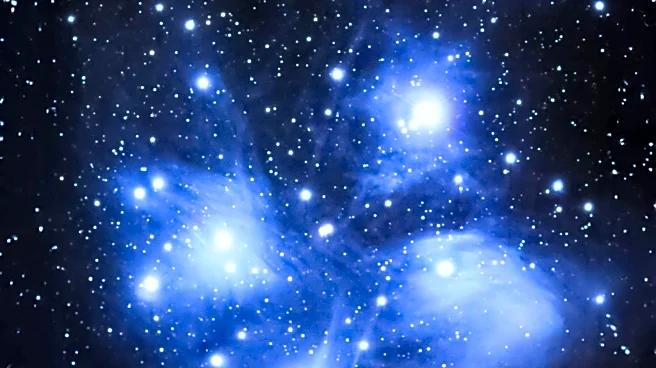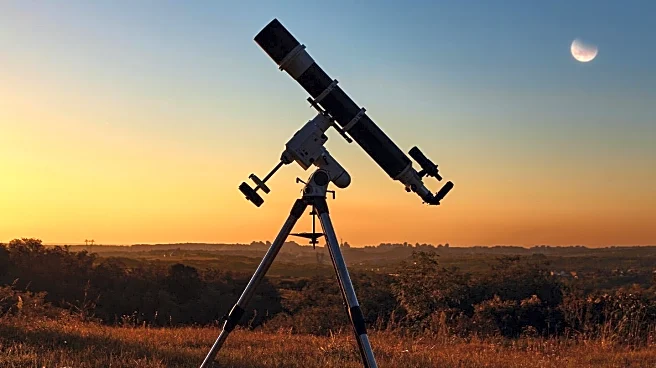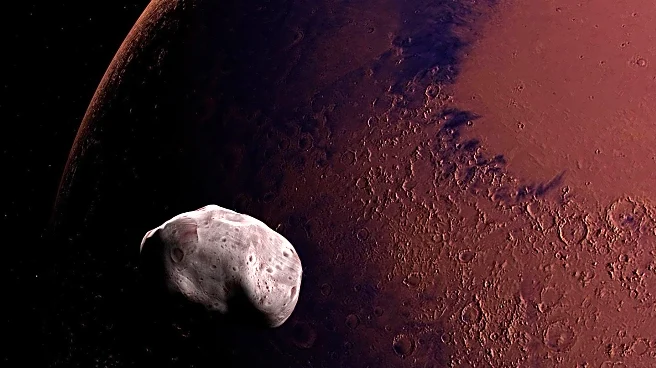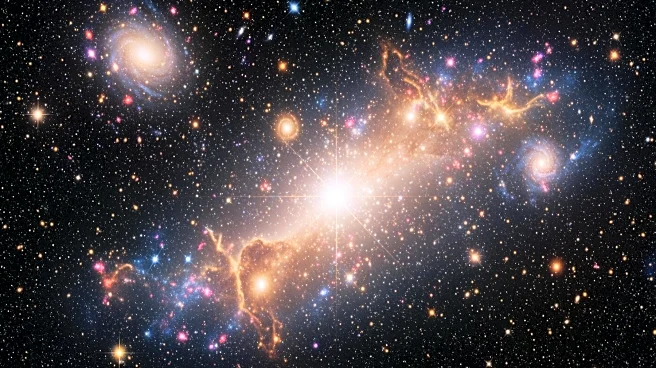What's Happening?
On November 8, Mercury will halt its easterly motion and begin a retrograde path through the constellation Scorpius. This astronomical event occurs at 6 P.M. EST and is observable shortly after sunset
near Antares. Mercury, along with Mars, will be visible in a line with Antares, requiring optical aid for optimal viewing. The gibbous Moon will rise near Jupiter around 9 P.M. local time, providing a great target for observers. This celestial alignment offers a unique opportunity for stargazers to observe planetary movements and interactions.
Why It's Important?
Mercury's retrograde motion is a significant event for astronomers and astrology enthusiasts alike. It provides insights into planetary dynamics and offers a chance to observe celestial bodies in unique configurations. For astronomers, this event aids in understanding planetary orbits and gravitational interactions. For the public, it presents an opportunity to engage with astronomy and appreciate the night sky's beauty. Observing such events can foster interest in science and encourage educational activities related to astronomy.
What's Next?
Observers are encouraged to take advantage of this event by using binoculars or telescopes to view Mercury and its alignment with Antares and Mars. As Mercury continues its retrograde motion, astronomers will track its path and study its interactions with other celestial bodies. This event may also inspire public interest in upcoming astronomical phenomena, promoting educational outreach and community engagement.


